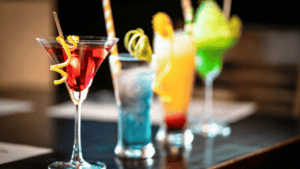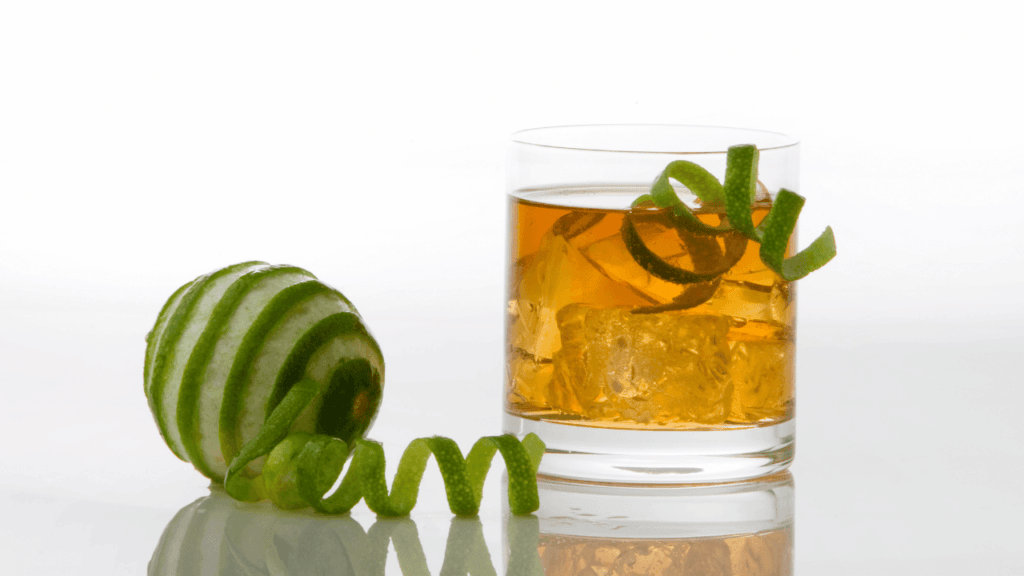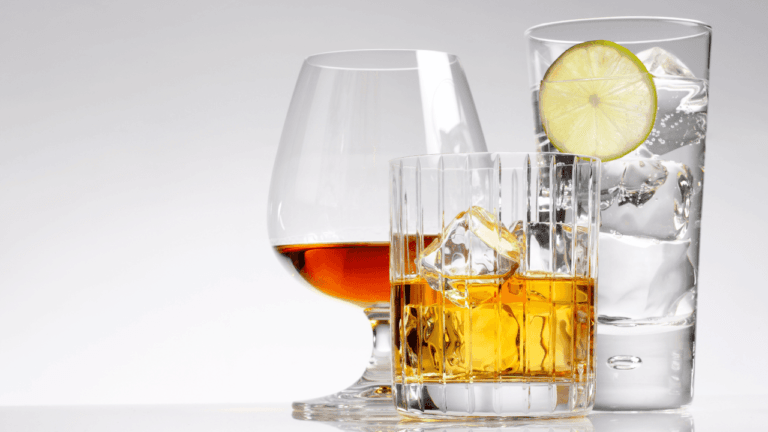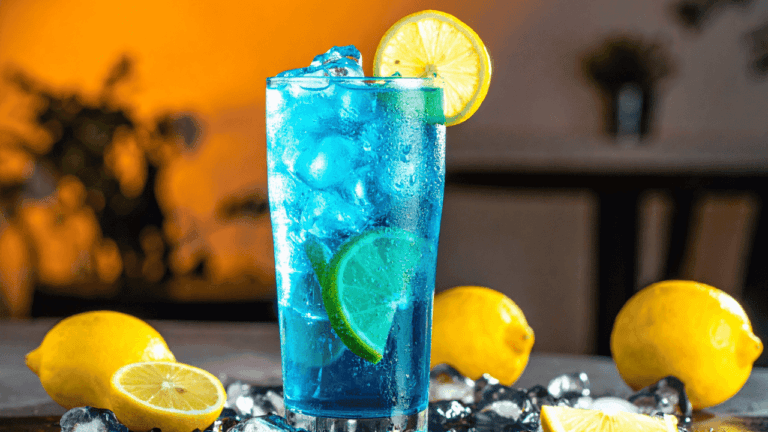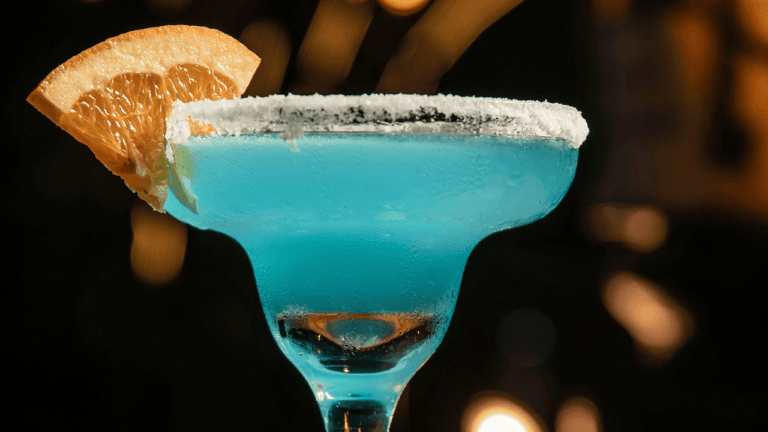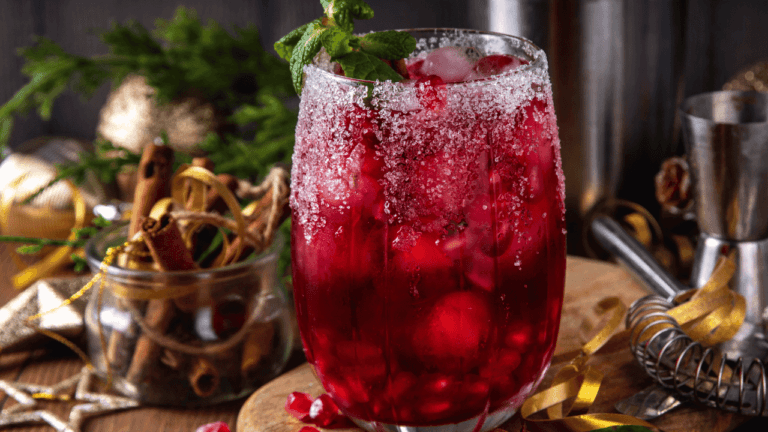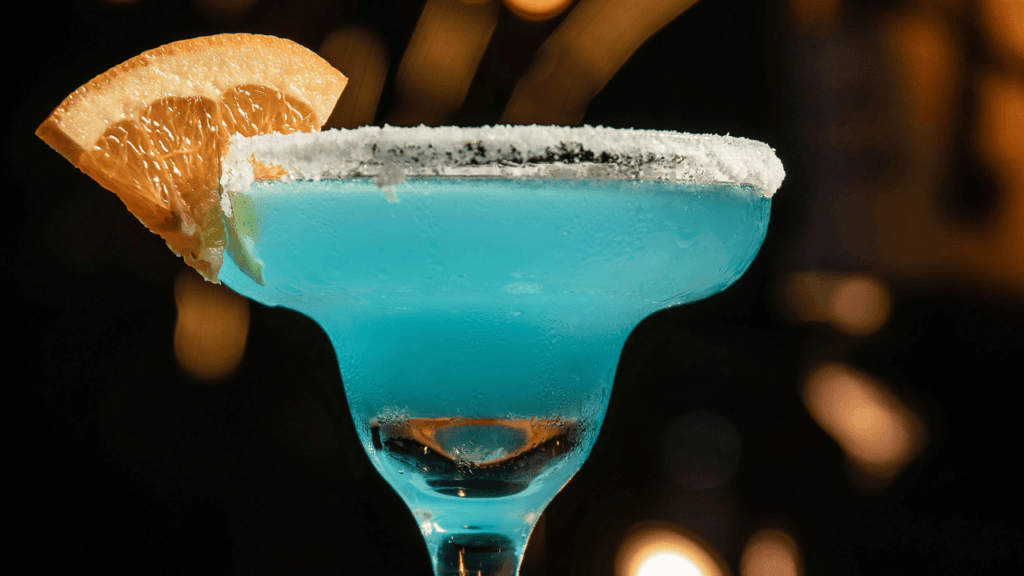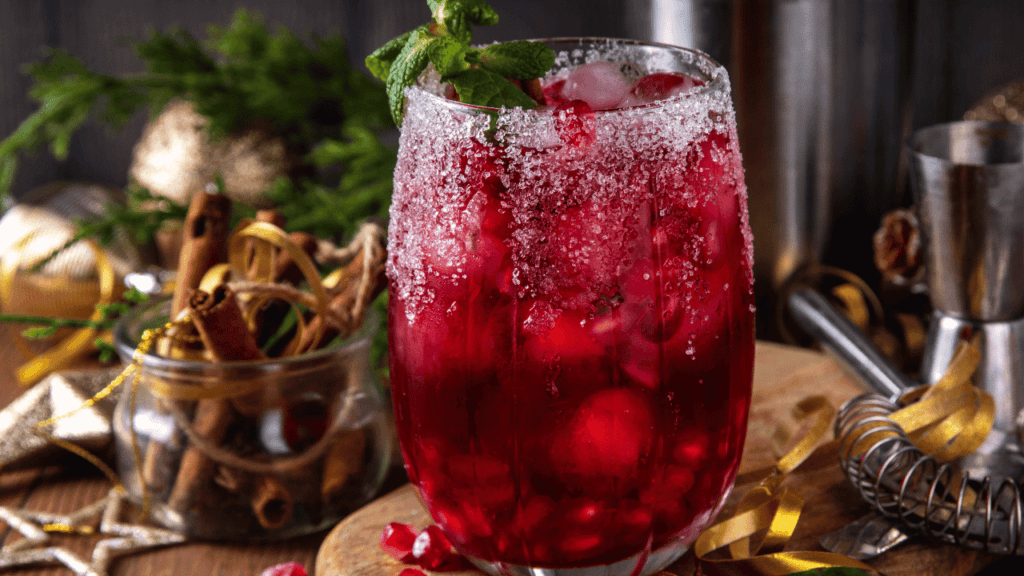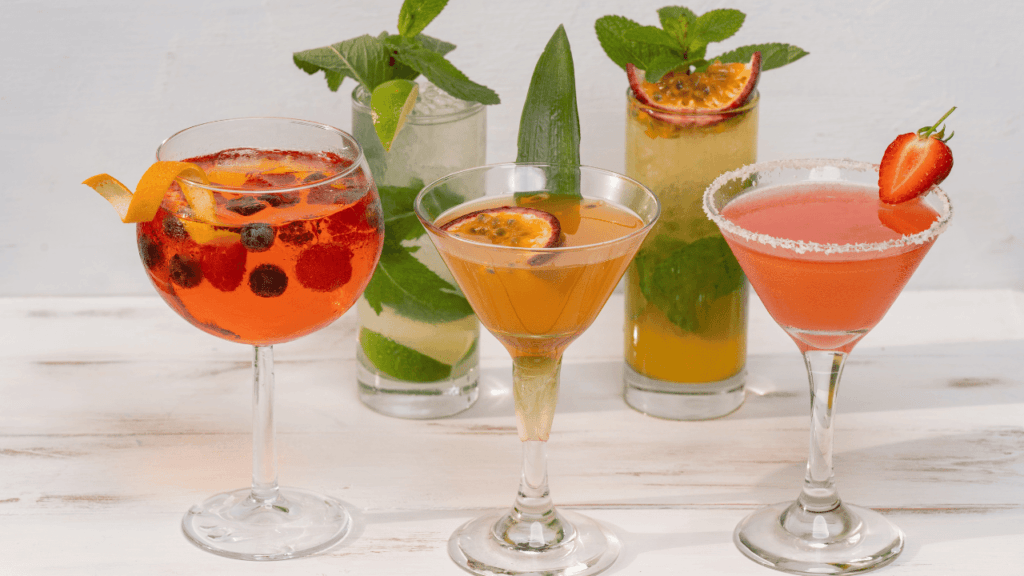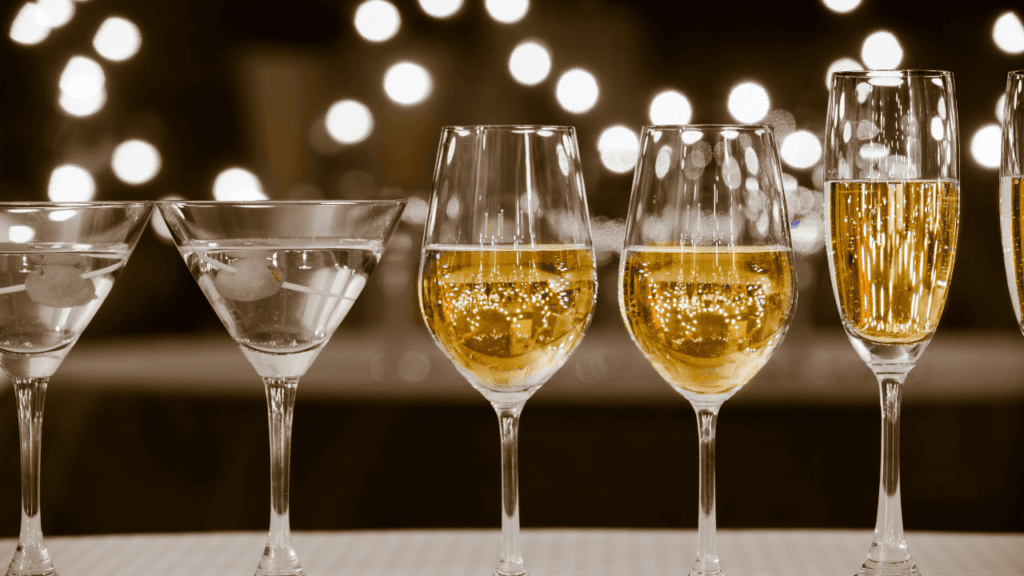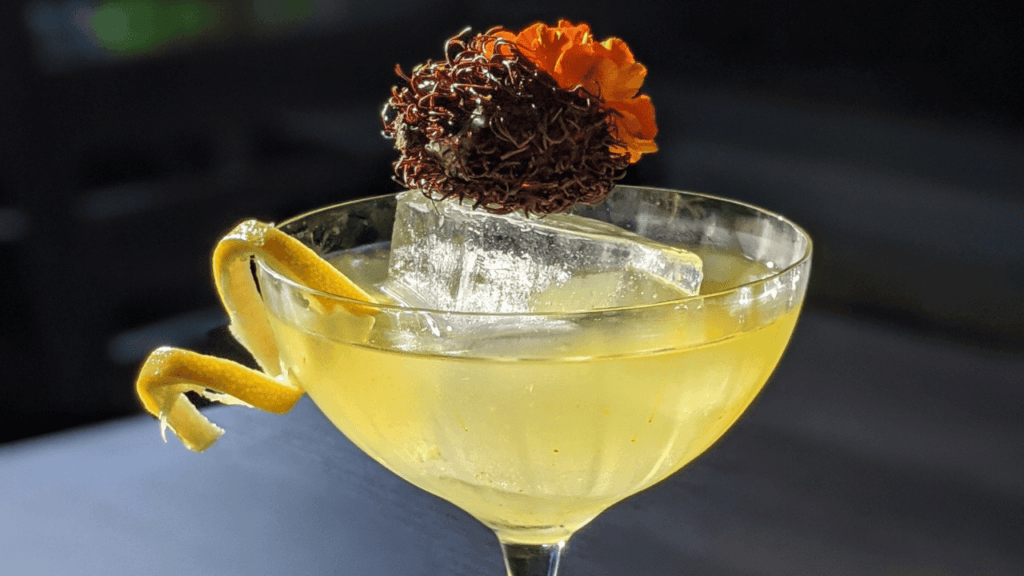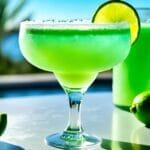Creating rum cocktails is more than mixing drinks — it’s a meeting of tradition and modern technique. Expert mixologists respect classic recipes and rum’s long history while adding fresh twists that make each rum cocktail feel new and exciting.
The Mary Pickford cocktail is a perfect example: a 1920s-era favorite that blends white rum, pineapple juice, grenadine, and maraschino liqueur. Named for the silent-film star Mary Pickford, this pink-hued classic balances history and bright, tropical ingredients — and it still delights drink lovers today.
Even as mixology evolves, great rum drinks start with top-quality ingredients and good technique. For the Mary Pickford, freshly squeezed pineapple juice and real grenadine make a clear difference. While some bartenders adjust proportions, the best versions stick to fresh components and careful balancing.
When making a Mary Pickford, start with white rum as the base. Brands such as Probitas and Plantation 3 Star are often recommended for their clean, complementary profiles. A common measure is 2 oz (60 ml) white rum combined with fresh pineapple juice, a dash of grenadine, and a hint of Luxardo maraschino liqueur to finish.
Key Takeaways
- Rum cocktails mixology blends historical recipes with modern creativity.
- The Mary Pickford is a Prohibition-era classic that showcases pineapple and maraschino flavors.
- Use fresh pineapple juice and quality grenadine for the brightest results.
- Choose a white rum that complements fruit-forward cocktails (e.g., Probitas, Plantation 3 Star).
- Good technique — from shaking to measuring — elevates every rum drink.
Introduction to Rum Cocktails Mixology
Rum cocktails have a long, colorful history and remain a favorite of bartenders and home mixologists alike. From colonial-era grog to modern tiki drinks, rum-based cocktails bridge traditional techniques and contemporary tastes. This section covers key moments in that history and why ingredient quality — from lime juice to fresh pineapple — matters for every recipe.
History of Rum Cocktails
Rum’s cocktail story begins in the Caribbean and colonial ports, where sugarcane spirits were widely available and quickly worked into mixed drinks. By the late 19th and early 20th centuries, cocktails such as the daiquiri and the Mojito had emerged and later became classics of tropical mixology. Bartenders have continuously borrowed from these early recipes, adapting them to new palates and ingredients while preserving the spirit of the originals.
Importance of Quality Ingredients
Great rum cocktails start with great ingredients. Fresh citrus — especially freshly squeezed lime juice — is essential for drinks like the daiquiri and mojito, while fresh pineapple juice turns many tropical recipes into something vibrant. Use clean, balanced rums that suit the drink (white rum for crisp, fruit-forward cocktails; dark rum for richer, spiced recipes). Other essentials include fresh fruit, simple syrup or Demerara syrup, and quality liqueurs to round out flavor.
| Book DetailsInformation | |
| Price | $14.99 |
| Number of pages | 192 |
| Publication Date | October 11th, 2022 |
| ISBN | 9781646384983 |
| Publisher | Parragon |
| Categories | Beverages – Alcoholic – Spirits, Entertaining – General |
| Topics covered | Bartender secrets, equipment essentials, histories, recipes with enticing photos |
| Mixology book series | The Original Mixology Book, Gin, Bourbon & Whiskey, Word Search Intoxicating Puzzles, Mocktails, The Essential Guide to Cocktails, Making Spirits Bright |
| Special occasions mentioned | Beach days, special celebrations, holidays, entertaining, etc. |
Quick practical tip: when following or adapting a recipe, remember the common cocktail balance of roughly 2 parts spirit : 1 part sweet : 1 part sour — a helpful starting ratio that you can tweak for individual rums and juices. For more classic and seasonal recipes (including daiquiris and pineapple-forward cocktails), jump to the recipe section below.
Essential Mixology Techniques for Rum Cocktails
Mastering a few core techniques will dramatically improve your rum cocktails. Know when to shake vs. stir, always prioritize fresh juices (especially lime juice and pineapple juice for tropical drinks), and learn to balance spirit, sweet, and sour so each ingredient sings.
Shaking and Stirring
When to shake: Shake cocktails that contain citrus, fruit juice, dairy, or egg — anything that benefits from aeration and rapid chilling. Shaking adds air, controlled dilution from ice, and a frothy texture when applicable (e.g., rum sours). Aim for a vigorous 10–15 second hard shake with plenty of ice, then double strain if the recipe uses pulp.
When to stir: Stir cocktails that are mostly spirits and need to stay clear and silky (think spirit-forward classic cocktails). Stirring chills and dilutes without introducing air. Use a bar spoon and stir for about 20–30 revolutions until the glass feels cold to the touch.
Micro-steps / Pro tips: Use large, clear ice to slow dilution in stirred drinks; use smaller, fresh cubed ice for shaking to get the right chill and dilution. Expect roughly 20–25% dilution from a full hard shake; adjust initial spirit weight to compensate.
Using Fresh Juices
Freshly squeezed juices make a noticeable difference. For example, a mojito depends on freshly squeezed lime juice to lift the mint and white rum; canned or bottled lime will taste flat. Many tropical cocktails — a Mai Tai or a Mary Pickford variant — benefit from fresh pineapple juice for brightness and texture. Always measure juices by volume (ml or oz) and taste — freshness and acidity vary by fruit.
Balancing Flavors
Flavor balance is the heart of great rum cocktails. Use the classic guideline of 2 parts spirit : 1 part sweet : 1 part sour as a starting point, then tweak for the rum’s character and juice acidity. Simple syrup (or Demerara syrup for richer drinks) is your go-to sweetener — adjust sugar to taste. Taste as you go and remember: strong rums may need more sweet or sour to sit in balance.
Short How-To Recipe Examples
Shaken example — Classic Daiquiri (single serve)
– 2 oz (60 ml) white rum
– 3/4 oz (22 ml) fresh lime juice
– 3/4 oz (22 ml) simple syrup
Shake with ice 10–12 seconds, double strain into a chilled coupe. Garnish with a lime wheel.
Stirred example — Rum Old Fashioned (spirit-forward)
– 2 oz (60 ml) aged dark rum
– 1/4 oz (7 ml) Demerara syrup (or 1 sugar cube + few dashes of water)
– 2 dashes Angostura bitters
Stir with ice 20–30 revolutions, strain over a large rock, garnish with expressed orange peel.
These examples show how technique, fresh juice, and proper ratios lead to reliable, excellent rum cocktails. Practice shaking and stirring, keep simple syrup on hand, and always taste and adjust — your drinks will improve quickly.
Classic Rum Cocktail Recipes
Classic rum cocktail recipes reveal rum’s long-standing place in cocktail culture, from cozy winter sippers to bright, tropical pours. Two enduring examples are rum eggnog for holiday warmth and the fruity Mary Pickford cocktail.
Eggnog with Rum
Rum eggnog traces back to older English possets and evolved into a holiday staple in America. This rich, spiced drink combines rum with milk (or cream), eggs, sugar, and nutmeg for a velvety texture. For a deeper, warming profile use a dark or aged rum; for a lighter finish use a spiced or aged golden rum.
Quick Rum Eggnog recipe (single serving)
– 2 oz (60 ml) dark or aged rum
– 1 large egg (or 2 oz pasteurized eggnog base)
– 1 oz (30 ml) simple syrup (adjust to taste)
– 2 oz (60 ml) whole milk or cream
– Freshly grated nutmeg to garnish
Method: Whisk egg, simple syrup, and rum; add milk and ice, shake until chilled (or blend for a foamier texture). Strain into a chilled glass and dust with nutmeg.
Mary Pickford
The Mary Pickford cocktail dates to the 1920s and is often linked to Cuba and the silent-film era. Classic versions combine white rum, fresh pineapple juice, grenadine, and maraschino liqueur (Luxardo is a common choice). Fresh pineapple juice is important for brightness and authentic tropical flavor.
Classic Mary Pickford recipe (single serving)
– 2 oz (60 ml) white rum
– 1 oz (30 ml) fresh pineapple juice
– 1/4 oz (7 ml) grenadine
– 1/4 oz (7 ml) maraschino liqueur (Luxardo)
Method: Shake with ice 10–12 seconds, double strain into a chilled coupe or martini glass. Garnish with a cocktail cherry and a small pineapple frond or twist.
| Cocktail NameKey IngredientsServing Suggestion | ||
| Rum Eggnog | Rum, Milk/Cream, Eggs, Sugar, Nutmeg | Dust with Nutmeg, Serve Chilled or Slightly Warm |
| Mary Pickford | White Rum, Pineapple Juice, Grenadine, Maraschino Liqueur | Garnish with Cocktail Cherries and Pineapple Fronds; Serve in Coupe |
Rum-based drinks cover a wide flavor range — from creamy and spiced to tart and fruity. Below are a few inventive ideas to inspire home bartenders who want to update classics or create seasonal variations.
Craft Cocktail Ideas
Rum is an ideal base for creative cocktails at home. Try swapping syrups, adding unexpected fruit, or riffing on classic templates (2:1:1 spirit:sweet:sour) to develop signature drinks. Here are a few ideas with one expanded recipe to get you started.
Inventive Rum Cocktails for Home Bartenders
Experimenting with unusual fruits and special syrups opens up many options. Examples include:
- Jon Hamm’s Briefcase: A bold, spirit-forward riff (adjust sweetness to taste).
- Rumba’s Trade Winds: Fresh citrus with a dash of Aperol for color and complexity.
- Banana Daiquiri: Use a banana liqueur (Giffard Banane Du Brésil) and fresh lime for a fruity, balanced take on the daiquiri.
Banana Daiquiri (expanded recipe)
– 2 oz (60 ml) white rum
– 3/4 oz (22 ml) Giffard Banane Du Brésil (or 1/2 ripe banana blended)
– 3/4 oz (22 ml) fresh lime juice
– 1/2 oz (15 ml) simple syrup (adjust to taste)
Shake with ice, double strain into a chilled coupe. Garnish with a banana slice or lime wheel.
Seasonal Recipes and Pairings
Match ingredients to the season: spring favors fresh berries and light herbs; summer calls for tiki flavors with pineapple and coconut (think piña colada); autumn benefits from Demerara or spiced syrups; winter suits aged rums and warm spices. (Note: seasonal percentage stats were removed here due to lack of verifiable sourcing.)
Using the right ingredients and clear recipes — plus a bit of experimentation — will help you create both faithful classic rum cocktails and inventive modern riffs.
Best Rum Brands for Cocktails
Choosing the right rum can take your cocktails from good to exceptional. Different rums bring distinct flavor profiles — grassy and clean for many white rums, funky and bold for Jamaican pot stills, or rich and molasses-forward for aged Demerara styles. Below is a compact roster of widely recommended rums with a short note on what they do best in cocktails.
| Rum BrandPreferred ByNotes | ||
| Havana Club 86 proof Añejo Blanco | Ruairi Gilles | Bright, slightly tropical white rum — great for crisp daiquiris and mojitos. |
| Hamilton Jamaican Pot Still Black Rum | Fionna Gemzon | Bold, funky pot still character — excellent in punches and tiki recipes. |
| Rhum J.M. Terroir Volcanique | Andy May | Climate-driven agricole style — grassy and aromatic, pairs well with citrus. |
| Probitas Rum | Marshall Minaya | Clean, versatile white rum — a solid choice for many classic rum cocktails. |
| El Dorado 12 Year | Aviram Turgeman | Rich, aged Demerara — adds weight and caramel notes to stirred or tiki drinks. |
| Plantation Stiggins’ Fancy Pineapple Rum | Dana Lachenmayer | Pineapple-infused rum — a shortcut to bright pineapple notes in tropical recipes. |
| Ten to One Caribbean Rum | Mike Ross | Accessible blend with Caribbean character — versatile for many mixed drinks. |
| El Dorado Cask Aged 3 Year Rum | Rob Krueger | Lightly aged option that works well where a touch of oak is welcome. |
| Rhum Clément VSOP | Wayne Duprey | Well-aged agricole style — complex and aromatic for sipping or premium cocktails. |
| Worthy Park 109 Proof | Thomas Máthé | High-proof, flavorful Jamaican rum — blends well or used sparingly for oomph. |
| San Zanj White Rum | Thomas Máthé | Crisp white rum often used in blends for clarity and balance. |
| Diplomático Rum | Evan Hawkins | Smooth, sweet-aged rum — great for darker, richer cocktails and sips. |
| El Dorado 3 Year | Evan Hawkins | Everyday Demerara with character for both shaken and stirred recipes. |
| Paranubes Rum | Evan Hawkins | Interesting, lesser-known choice — good for bartenders who like unique spirits. |
| Denizen Aged White Rum | Various Professionals | Aged white style that gives more depth than a standard white rum. |
Getting familiar with classic rum styles — white rum, dark/aged rum, agricole, and pot-still expressions — helps you pick the right spirit for a recipe. For example, choose white rum for crisp, fruit-forward cocktails (daiquiris, mojitos), dark rum for richer tiki punches, and agricole for herbaceous, citrus-forward templates.
Setting Up a Rum Cocktail Bar
Building a rum cocktail bar for home or events means combining the right bottles with essential tools, glassware, and fresh ingredients. Use the checklist below to create a space that consistently turns out great drinks.
Essential Tools and Glassware
Basic tools: shaker, mixing glass, bar spoon, jigger, Hawthorne and fine strainers, citrus squeezer, peeler, and a muddler. Glass picks (and approximate serve sizes):
- Rocks glass (8–10 oz) — short serves, rum old fashioneds, and tiki short drinks.
- Highball glass (10–12 oz) — mojitos, tall rum & mixers, and rum & soda.
- Coupe or martini (4–6 oz) — shaken classics like the Mary Pickford or daiquiri.
Stocking Your Bar with Ingredients
Essential ingredients to keep on hand: a selection of rums (white, dark/aged, spiced, and one pot-still or agricole), fresh citrus (limes, lemons), pineapple, simple syrup or Demerara syrup, grenadine, common liqueurs, bitters, and mixers like soda and ginger beer.
The Golden Ratio — 2 parts spirit : 1 part sweet : 1 part tart — is a useful starting point when building cocktails, but adjust to suit the rum and juice acidity. For example, a lighter white rum in a daiquiri may need less sweetener than a robust Jamaican rum.
Final checklist essentials:
- Multiple rum styles (white, dark, aged, spiced, agricole)
- Fresh produce: limes, lemons, pineapple, mint
- Sweeteners: simple syrup, Demerara syrup, honey
- Bitters and common liqueurs (orange liqueur, maraschino, sweet vermouth where appropriate)
- Mixers: soda, ginger beer, fruit juices
- Glassware set and quality ice (large cubes for stirred drinks, cubed for shaking)
With thoughtful rum choices and a well-stocked bar, you can craft rum cocktails that highlight each brand’s strengths and keep your guests coming back for more.
Rum Cocktails Mixology: Tips from Professional Mixologists
Becoming a skilled rum mixologist means learning practical, repeatable techniques from the pros. Below are concise, actionable tips professionals use to get consistent, flavorful rum cocktails — from choosing the right rum to mastering shake/stir technique and finishing with thoughtful garnishes.
7 Pro Tips from Mixologists
- Match rum to the recipe: Use white rum for bright, fruit-forward cocktails (daiquiris, mojitos), dark or aged rum for rich tiki punches, and agricole or pot-still rums when you want herbaceous or funky notes.
- Fresh citrus is non-negotiable: Fresh lime juice lifts mint and sugar in a mojito and brightens daiquiris; fresh pineapple juice adds complexity to tropical rum cocktails. Always measure by volume (ml or oz) and taste.
- Mind dilution and temperature: Proper dilution balances flavor. Shake citrus drinks hard for 10–15 seconds to chill and dilute about 20–25%; stir spirit-forward cocktails 20–30 revolutions to chill without aerating.
- Use the right sweeteners: Simple syrup is a neutral sweetener; Demerara or rich brown syrups add molasses depth to darker rums. Adjust sweetness to the rum’s strength and the juice’s acidity.
- Layer flavors thoughtfully: Build depth with a base spirit, an acid (lime/lemon/pineapple juice), a sweetener (syrup or liqueur), and a flavor accent (bitters, herbal liqueur, or a float of high-proof rum).
- Garnish for aroma as well as looks: Express citrus oils over the glass, add a sprig of mint to Mojitos, or use a cherry and pineapple frond for a Mary Pickford — garnishes should enhance nose and first sip.
- Practice and record adjustments: Keep a notebook of small tweaks (more/less syrup, different rum) so you can reproduce what worked and refine for different palates.
Tropical Rum Cocktails to Try
Tropical rum cocktails are ideal when you want a vacation-in-a-glass — bright, fruity, and refreshing. Pineapple and coconut are common players, and fresh fruit juices make a big difference in clarity and vibrancy.
Popular Tropical Cocktails (and what to expect)
- Mai Tai: Complex, nutty, often uses aged or Jamaican rum and orgeat; balance almond, lime, and rum.
- Piña Colada: Creamy coconut and pineapple blend with rum — fresh pineapple juice and real cream of coconut beat canned mixes.
- Beach Blossom / Tropical Punch: Mixes of white rum, citrus, pineapple, and specialty liqueurs (e.g., passion fruit) — great for large-format batches.
How to Make Fresh Pineapple Juice
- Cut a ripe pineapple into chunks, removing core and skin.
- Blend the chunks until smooth.
- Strain through a fine sieve or cheesecloth to remove pulp.
- Refrigerate and use within 48–72 hours for best flavor.
Classic Rum Recipes with a Modern Twist
Modern mixologists update classics with new syrups, exotic fruit, or bitters while keeping the original balance intact. For example, adding ginger syrup or a touch of passion fruit can lift a traditional daiquiri or a Mary Pickford without losing the drink’s identity.
One approachable riff: replace part of a cocktail’s simple syrup with Demerara syrup for richer caramel notes, or add a bar spoon of passion fruit purée for a tropical lift. Always taste as you go and tweak the sweet/sour balance to account for the new ingredient.
Rum Cocktails Hosting & Interactive Stations
For parties, set up themed stations (Tiki, Prohibition, Tropical Escape) with prepped ingredients: measured syrups, fresh juices, garnishes, and recipe cards. A guided station with a bartender helps guests learn faster and keeps service flowing.
Quick hosting checklist
- Pre-batch large pours for speed (keep citrus fresh where possible).
- Have recipe cards and a few recommended rums available.
- Provide garnishing options (pineapple fronds, cherries, mint, citrus twists).
- Offer non-alcoholic versions and soft mixers (soda, ginger beer) for guests who prefer lighter drinks.
The Evolution of Rum-Based Drinks
Rum cocktails have evolved decade by decade — from colonial grogs to the tiki boom, the rise of frozen daiquiris, and modern carbonated riffs. The spirit’s versatility makes it ideal for innovation, so today’s bartenders can draw on a broad toolkit of syrups, liqueurs, and fresh juices to create both nostalgic and forward-looking drinks.
Conclusion
Great rum cocktails combine the right rum, fresh ingredients (lime juice, pineapple juice), proper technique (shake vs. stir), and thoughtful garnishes. Start with the 2:1:1 guideline (spirit:sweet:sour) and adapt for the rum’s personality — then practice and experiment. With attention to detail and a few professional tips, you’ll be crafting memorable rum drinks in no time.

